Our Process
The Creative Triad
When we tell stories on behalf of individuals or organizations, it’s important that we produce the best final product possible in a timely manner. We are diligent to honor the stories and people we write for, but we also try to create the room to explore, experiment, and innovate.
After writing for numerous clients, we took a step back to analyze what constitutes a successful project. Where’s the best place to start? How do we approach a blank page? How do we stay on track? How do we know when a written story is complete?
We also analyzed how we work with other creatives. If we’re writing website copy, for instance, we might work with a team of web developers as well as a team of graphic designers, each of who have their own process.
When developing our process for writing, we were determined to make it as universal as possible. We wanted it to be applicable to other types of creativity so that we could work seamlessly with other teams. After all, writing tends to be the foundation of larger forms of storytelling, be it film, theater, or interactive media.
We landed on a three-step process that we call the Creative Triad. While the Creative Triad consists of three phases—direction, production, and refinement—they aren’t always linear. We found that every project begins with direction, a big idea of where we want to go with our content. Once we start producing content, we can test the soundness of our direction. Sometimes, in the middle of production, we realize new possibilities for our big idea that leads us to new directions. When we are confident that our drafts fit the direction, we move on to refinement, where we perfect the content so that it’s ready for the world to see.
No matter what, we always start with open ears, an open mind, and an open heart.
Direction
During the direction phase, we input as much information as we can from as many relevant sources as possible. We scan the environment, research competitors, and learn everything we can about relevant subjects. We mine inspiration from similar stories of the past. We interview clients, stakeholders, and industry experts. We record these interviews so that we can go back, parse through information, and analyze the voice, tone, and emotional drive of the people we’re writing for and the people we’re writing to.
We also begin coming up with ideas. During the direction phase, we believe that no idea is a bad idea. We try to think as openly and as out-of-the-box as possible, valuing innovation and novelty. Later on we can narrow down our list of ideas, but the more variety we begin with, the better we will be able to tell our client’s story.
Production
Production starts when we begin putting words on a blank page. This phase is where we start playing with language, allowing the characters, ideas, and themes that we explored during the direction phase to unfold. We find the rhythm of the words, letting them flow from our minds through our fingertips. Sometimes we strike gold. Other times, we have to stop and really think our way through the right way to tell our client’s story.
If we feel like we need more information, or if we feel that there are better ideas on the horizon, we may return back to the direction phase. We might call our clients with more questions or take a walk to let our minds process everything we took in. Typically, though, the inspiration that sparks from the direction phase fuels our creative fire, giving us the momentum to write a rough draft.
Refinement
There is a subtle difference between “good”, “great”, and “incredible” stories; audiences can feel the difference. We strive to tell stories in a way that immerses the reader from beginning to end and has the potential to reach the minds and hearts of as many people as possible. Feedback is integral to crafting a story with this level of impact.
The refinement phase of the Creative Triad is where we smooth out the rough edges and perfect the language. We read our work out loud to feel the rhythm and cadence, ensuring that each sentence will resonate with readers. We might return to the production or direction phases, fine-tuning any words or ideas that seem out of place while staying true to our client and their story as a whole.
We don’t just refine individual pieces of content; over time, we refine the direction of our company and ongoing projects with better ideas so that we can always expand the reach of the stories we tell.
